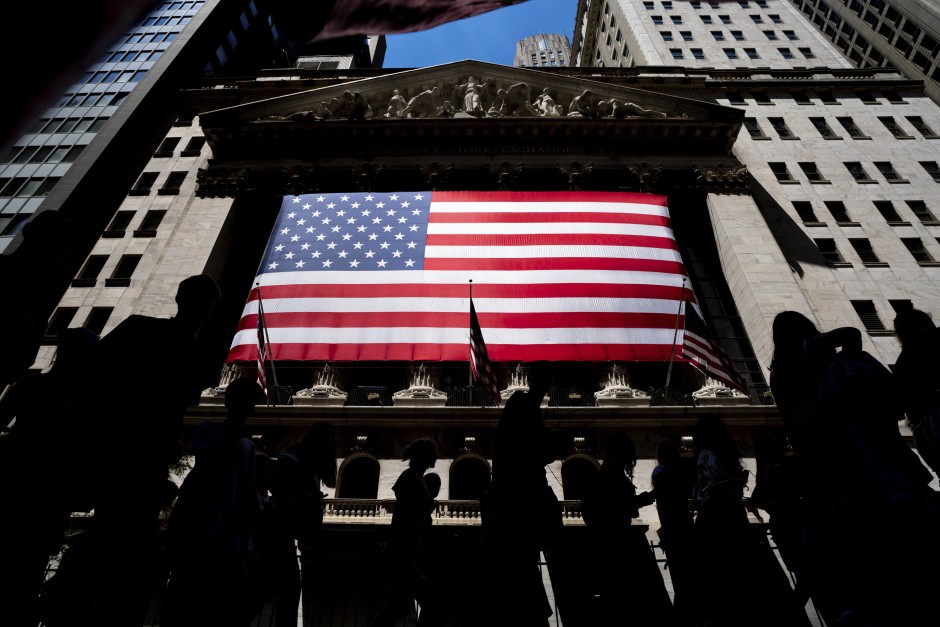
AAmerica’s central bank has raised its key interest rate by 0.5 percentage points in the fight against inflation, thereby initiating a more moderate course. The key interest rate is now in the range of 4.25 to 4.50 percent, as the Federal Reserve (Fed) announced on Wednesday. It is the seventh increase this year. The Fed recently raised interest rates by a whopping 0.75 percentage points four times in a row. Fed Chairman Jerome Powell indicated in November that at least these big jumps could be over.
The new inflation data from the Ministry of Labor should have encouraged him in this decision. Because in November, the inflation rate in the United States weakened more than expected. Compared to the same month last year, consumer prices rose by 7.1 percent. It was the fifth decline in the inflation rate in a row.
The US Federal Reserve has now published estimates of the inflation rate. In the current year, it expects the inflation rate to be only slightly higher than previously assumed. The inflation rate is expected to average 5.6 percent. This indicates that the momentum of the price increase is slowing down. The medium-term inflation rate desired by the Fed is two percent – and the new figures are still a long way from that.
The latest interest rate step is still considerable. Usually, the Fed prefers to raise interest rates in increments of 0.25 percentage points. But it still marks a turnaround away from aggressive monetary policy. The decision-makers at the Fed continue to expect an average key interest rate of 4.4 percent at the end of the year. An average of 5.1 percent is expected for 2023.
Low economic growth expected
The Fed is also predicting significantly lower economic growth for the coming year than assumed just three months ago. The gross domestic product (GDP) of the world’s largest economy will grow by 0.5 percent in 2023. That would be 0.7 percentage points less than forecast in September.
The increase in the key interest rate makes loans more expensive, which slows down demand. This helps bring down the inflation rate, but also weakens economic growth. With the Fed’s strict monetary policy, there is a growing risk that the bank will slow down the economy so severely that the job market and economy will stall. Criticism of the Fed’s actions has recently emerged. The accusation was that Fed Chair Powell was raising interest rates too much and the US could slide into a recession.
A turbulent year lies behind the US Federal Reserve. The drastic measures are the result of inflation, which at times was higher than it had been in decades. The Fed struggled to keep up with rising consumer prices. At first there seemed to be no success. This is also due to the fact that the Fed’s interest rate decisions only take effect with a delay. And so the full force of the unusually large rate hikes could only be felt in the coming year.
The Fed is committed to the goals of price stability and full employment. Analysts assume that the Fed will initially continue to raise interest rates in 2023 – albeit in moderate steps.









